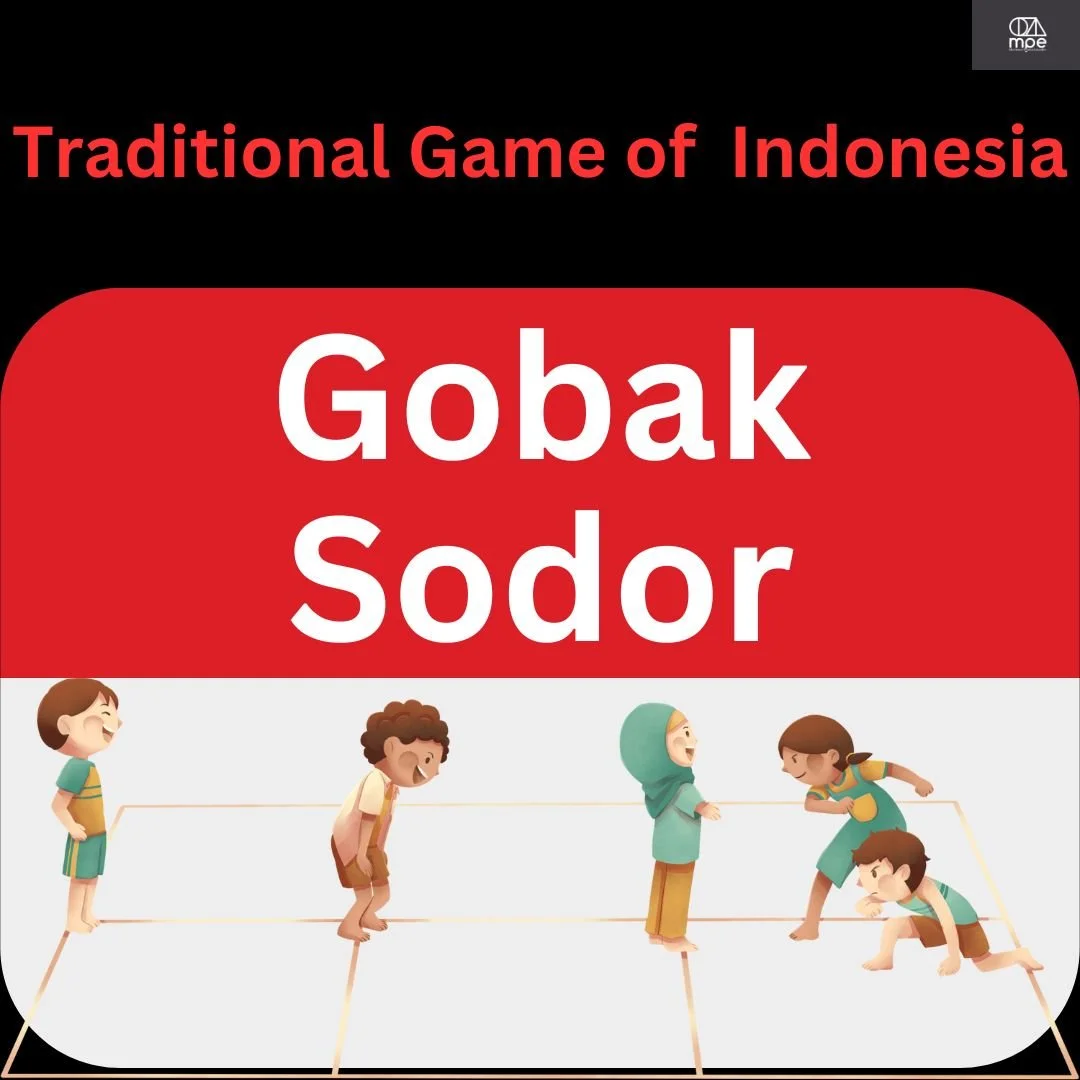Gobak Sodor - Traditional Game of Indonesia
Gobak Sodor - Traditional Game of Indonesia
It never fails to amaze me how many fantastic tag game variations exist worldwide, and Gobak Sodor is no exception. Gobak Sodor is a traditional Indonesian game that dates back at least to the Majapahit Kingdom (around the 13th to 16th centuries), but the exact origins are unclear. The game was most popular on the island of Java, which shares its name with the popular coffee bean. While this children's game appears simple at first glance, a lot of strategy can be involved with how the offense and defense play the game.
The game is played by two teams; one team is the invading team, and the other is the defending team. The game is played on a grid that can be made by making lines in the ground or using the court lines of a gym. The defense must stay on the grid lines and cannot switch lines. The offense team is trying to invade through the grid to make it to the other side without getting tagged by a defender. Speed is not enough to be successful in this game, but teamwork. The offense wants to advance in waves, making it difficult for the defense to target a specific person. The defense wants to "trap" whenever possible by using players to corner invaders into getting tagged. The movements of the offense and defense become rhythmic when it is played at an advanced level.
Whenever I research traditional Indigenous sports, I'm always looking for the story's origins and what the sport might reflect of the culture that invented the game. Watching the coordinated movements of the offense and defense made me think that this game would have been an excellent training tool for the military. Besides working on cardiovascular conditioning and quick reflexes, it is the strategy that the teams must employ as a collective, which resembles successful army formations moving in battle. These tactics manifest in the game, whether it is piercing a defensive wall or trying to surround the enemy army.
Many consider the Majapahit Kingdom the “Golden Age of Indonesia.” Before the kingdom properly established itself, it was expelled by the rising power of the Singhasari kingdom. However, the Signhasari kingdom made a fatal mistake when they refused to pay tribute to the Mongol Empire under the reign of Kublai Khan. The Majapahit Kingdom allied with the Mongols to crush the Signhasari but then double- crossed the Mongols and expelled them from the area. The Majapahit kingdom continued to expand to surrounding islands, gaining power. If the game had been indeed invented around the time of the Majapahit Kingdom, it would have made sense that it had started as a military exercise because this was a time of conflict.
While there is no substantial proof that this was the origin of the game, the "battle-like" movements of the offense and defense so closely mimic military strategy that I think it has to be more than a coincidence. Many games and sports across the world originated as some sort of military training, so this game might be a remnant of a time a more martial culture of the past, but it equally could be a traditional game with practical life skills baked right into the game. Speaking of tradition, Gobak Sodor is a favorite game played during various Indonesian festivals, especially August 17, their Independence Day.
Nowadays, children (but it can be played by anyone) are encouraged to play Gobak Sodor because it emphasizes cooperation, agility, and strategic thinking. Because it requires almost no materials, it is very accessible for anyone to play, regardless of socioeconomic status. All one needs is a large playing space where it is easy to make some lines, and you have a Gobak Sodor game! My students, ranging from ages six to twelve, have loved this game because Gobak Sodor is like a combination of some of their favorite games: Pac-Man Tag and Sharks and Minnows!
Materials:
A gym or sizeable outdoor play space
o If you are outside, you will need something to make playing lines, like rubberdisc dots, cones, or even spray paint, to make the necessary grid.
Jerseys and pinnies are optional but help eliminate confusion
Prior Knowledge: This lesson could be taught when your students are doing studies on the continent of Asia for lower elementary. Upper elementary students may benefit when they are doing their Imaginary Islands. If a child’s island is located near Indonesia, they would probably know about this game if the people who migrated to their island came from Indonesia.

